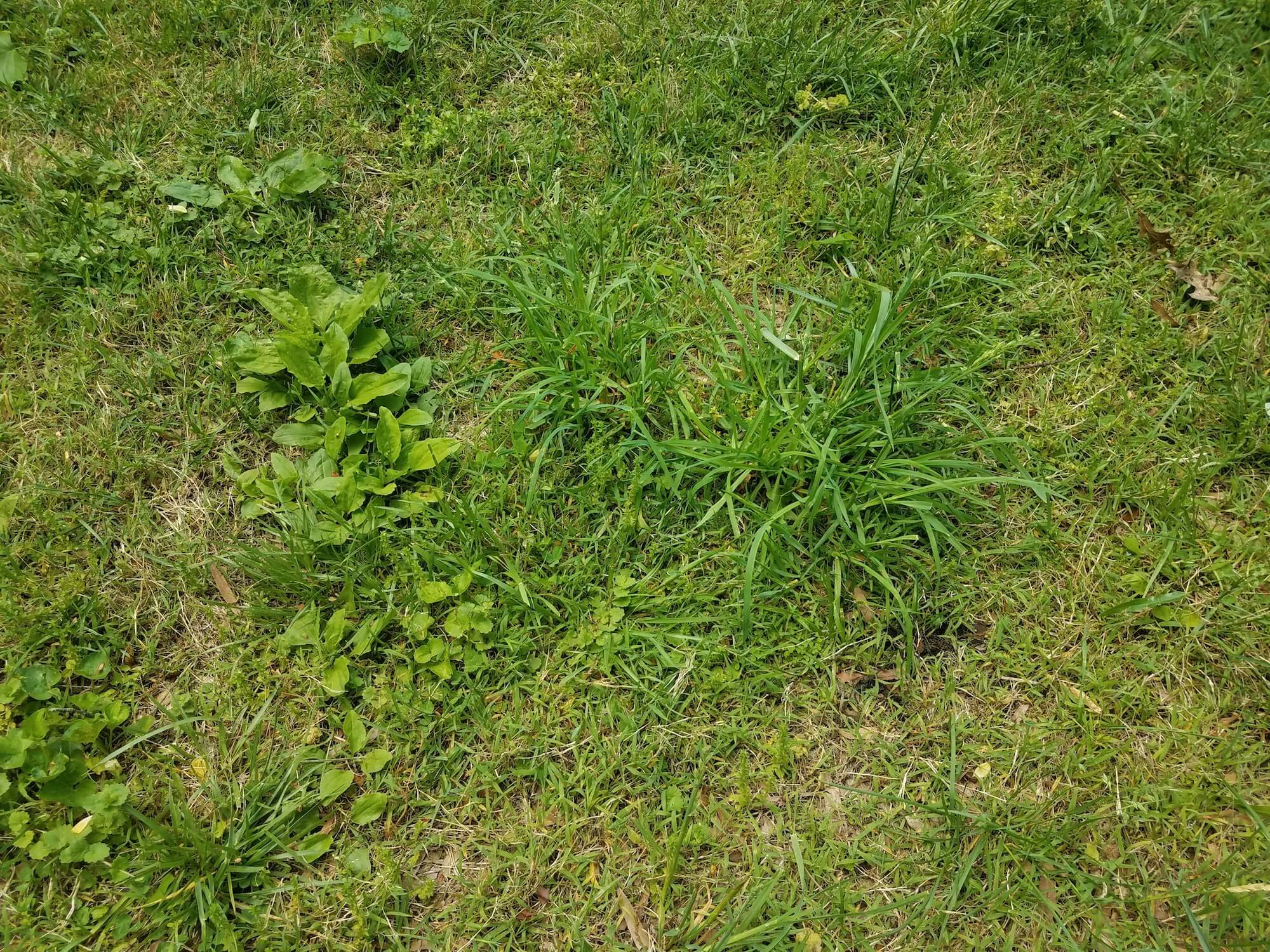How to Dry Up a Muddy Yard
Muddy yards are gross. Between the dirt, mud, and seeds, there’s a lot of work to do to get your lawn back on track. A lot of homeowners with yards will have to deal with muddy yard problems from time to time. In this guide, we will discuss how to dry up a muddy yard.

What causes a muddy yard?
If you have a muddy yard, chances are it’s because of some combination of two or three things: moisture, poor drainage, and/or erosion.
If water remains on your lawn for too long without drying up (because the ground is not absorbing it well), that can cause mud to form in your yard. If there’s too much water standing around for too long, grass will die and leave bare spots where seeds can find purchase. This leads to more weeds growing in those muddy spots.
To dry up a muddy yard, you have to address both the cause of the mud and your yard’s drainage. Without a fix for both problems, your yard will remain a muddy mess.
Examine your lawn to determine the cause of the mud. Is it just a particularly muddy spot that gets worse after it rains?
Drying up a muddy yard
To dry up a muddy yard, the first step is to determine what is causing the mud. Is it rainwater runoff? Is it a water leak? Is your yard too close to a pond or lake? Are you watering your lawn too much?
Once you know the source of the mud, your next step is to choose an appropriate solution.
Get rid of standing water
You can dry up a muddy yard by getting rid of all that excess water.
If your grass is brown or droopy, there may be too much moisture hanging around. To get rid of it:
- Check for leaks: Is your sprinkler system leaking anywhere? How old are your pipes underneath the ground in case they need replacing? How often does your lawn need watering anyway (it might not be as often as you think)
- Use gutters and downspouts: You should have rain gutters on any building near the yard, especially if the yard slopes towards the building. The gutters should be connected to downspouts that will carry the water away from the house and deposit it in a designated spot on your property (not onto your neighbor’s).
- Divert water with berms: If you have a pond or creek on your property, use berms (low hills) to divert the water elsewhere so it doesn’t sit stagnant near your home.
Fix poor drainage
Poor drainage is one of the most common causes of muddy yards. Fortunately, there are some simple solutions:
- Add drains: Dig a French drain or install a buried perforated pipe in the problem area. A French drain is a shallow trench filled with gravel that diverts water to another location. A buried perforated pipe collects water and drains it either into another location or into an underground dry well that stores excess water until it percolates into the soil. This might seem like an expensive option, but if you have a really bad drainage problem, it might be worth it. You can have gratings installed in your lawn to help collect excess water and drain it down into an underground drainage system that will carry the water away from your home.
- Aerate: Aerating the soil allows excess water to drain into the ground rather than sitting on top of it. You can aerate clay soils by digging holes every 1 foot throughout your yard with a post-hole digger and then filling them with sand. Although this method requires a lot of work, it makes your yard more usable during rainy periods and improves its appearance when it’s dry.
- Install a culvert: If you do find standing water in your yard, install a culvert to help drain the area. A culvert is basically just an underground pipe that helps channel water away from your home and into storm drains or ditches, so it doesn’t collect in your yard. You may need to hire someone to install the culvert, depending on how major the problem is. Once installed, however, a culvert can help keep water from collecting in your yard when it rains and cause it to dry out faster once the rain stops.
Prevent erosion
If there’s nothing standing between you and hundreds of miles of open land, erosions are going to be a huge problem. Fortunately, there are ways around this:
- Build berms or other barriers against gravity: If there’s a hill or slope in your yard, you can build berms to prevent erosion from happening. You can also plant bushes or trees on the incline to help slow down any water runoff.
- Aerate and overseed: This is one of the easiest ways to get rid of mud because it doesn’t require much work. Just hire someone with an aerator machine (or buy one yourself) and go over every inch of lawn where there’s still some grass growing but not enough for proper coverage.
Level the yard
If you have a sloped yard, then there may be some water runoff happening that could contribute to muddy spots in the grass. To fix this, consider leveling out the area by adding topsoil or new sod where necessary (and removing it from other places).
Remove standing water
If you have puddles that haven’t drained away within two days of a storm, they’re not going anywhere on their own. You’ll need to use a sump pump or similar device to remove them. If you don’t have one, rent one from a local hardware store.
Amend your soil
Clay soil absorbs water slowly while sandy soil drains too quickly. If your soil is too sandy or clay-like, you can add amendments to improve its ability to absorb water. The easiest way to do this is with compost (you can even make it yourself).
Add new topsoil
You’ll want a layer at least two inches thick if you’re planning on adding any plants later on down the road that might need more nutrient-rich soil than what already exists in your yard right now.
Control weeds
Weeds are a common source of muddy spots in your yard, so you should get rid of them as soon as possible. Apply herbicide or use another method to kill off the weeds before they take over your entire lawn.
You can also add mulch around trees, shrubs, or flower beds if there’s any bare ground near these plants where water might collect after it rains. This will help prevent puddles from forming next time there’s heavy rainfall because mulched areas tend not to be slippery when wet due to their porous nature, while the grass isn’t necessarily so permeable unless it has been well-aerated beforehand).
Plant rain gardens
Rain gardens are shallow depressions that collect runoff from downspouts or gutters and allow it to sink into the ground. They’re great for helping prevent soil erosion because they don’t drain as quickly when there’s a heavy rainfall event like some other types of landscaping might do, which leads us right back to where we started with muddy spots in your yard.
Frequently Asked Questions
How can I fix a muddy yard without tearing everything up?
One way is to add topsoil and amendments to the soil so that it better absorbs water. You can also install a drainage system or culvert, control weeds, and plant rain gardens.
How often does my yard need to be aerated?
This depends on how sandy or clay-like your soil is. Sandy soils should be aerated every year, while clay soils only need aeration once every two years.
What if I have puddles that don’t drain?
You’ll need to use a sump pump or similar device to remove them. If you don’t have one, rent one from a local hardware store.
Can I cover mud in my yard?
Yes, you can use mulch or other organic materials like straw to cover up the mud in your yard. This will help prevent puddles from forming next time there’s heavy rainfall because these types of coverings tend not to be slippery when wet due to their porous nature, while grass isn’t necessarily so permeable unless it has been well-aerated beforehand).
Is there a better way than manually digging out all that clay soil?
There are machines available for rent at most hardware stores. You could also hire someone with an excavator if they’re willing and able to do this work on your property (or have them come over once every two years just after the aeration season ends).
What can you put over mud?
You can use mulch, straw or other organic materials like straw to cover up the mud in your yard. This will help prevent puddles from forming the next time there’s heavy rainfall.
Conclusion
A muddy yard can be an eyesore for any homeowner and make it harder to enjoy spending time outdoors with family or friends. Fortunately, most problems causing these unsightly conditions are easy to fix if addressed early enough before they get worse.







